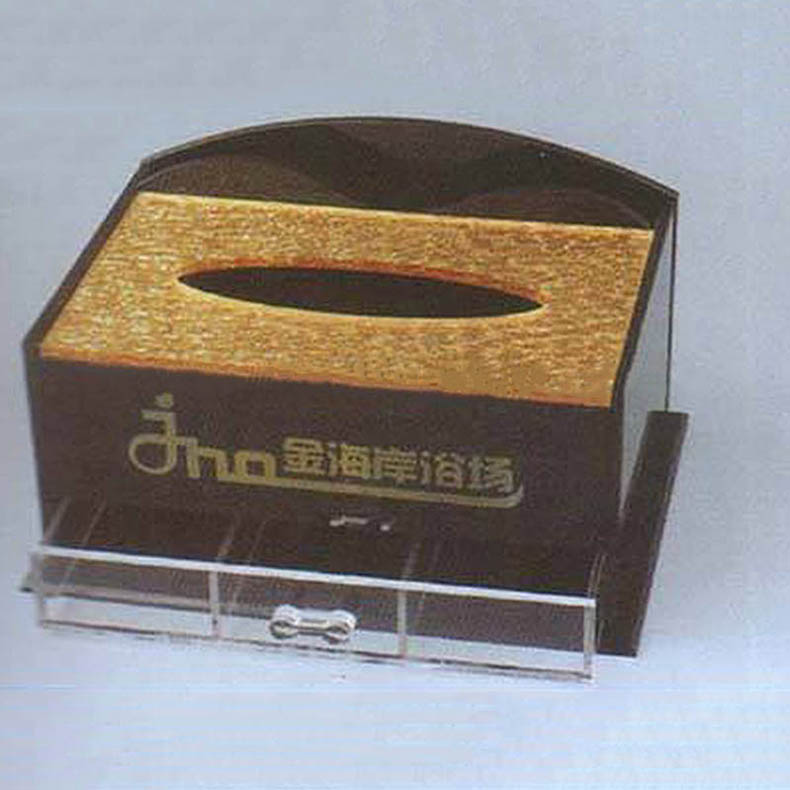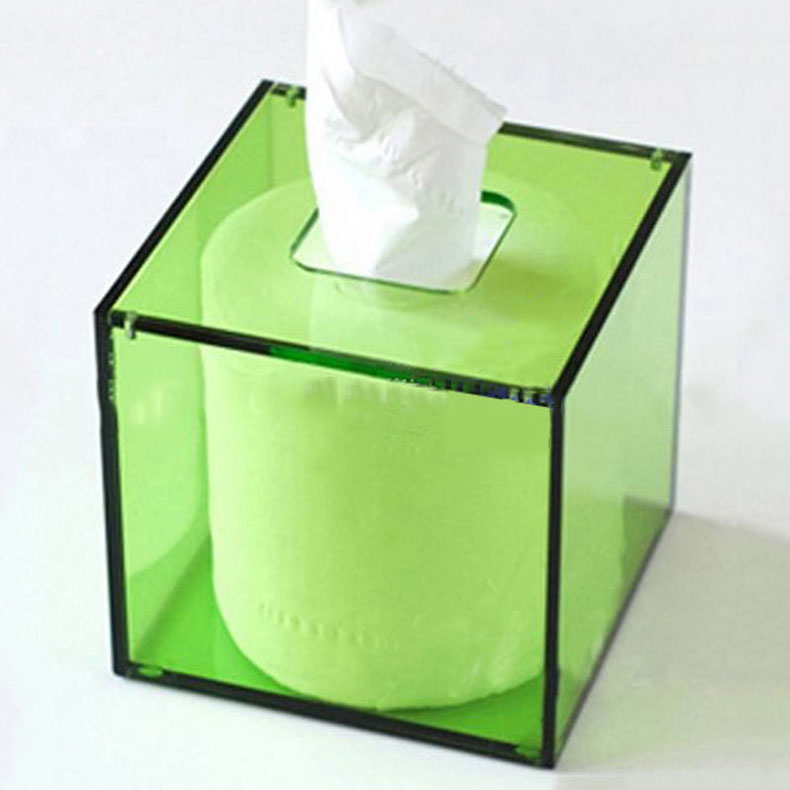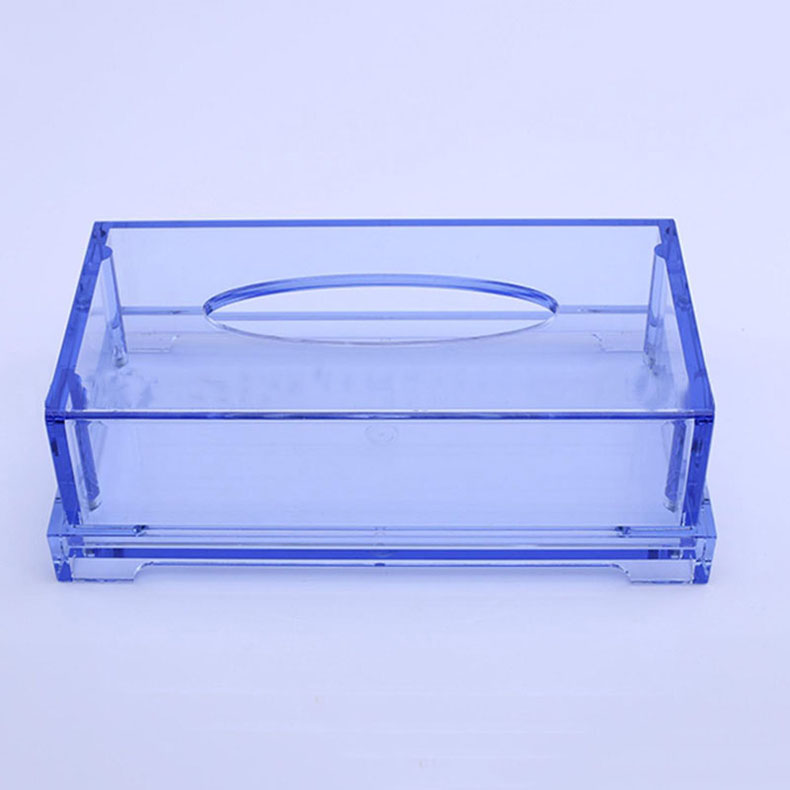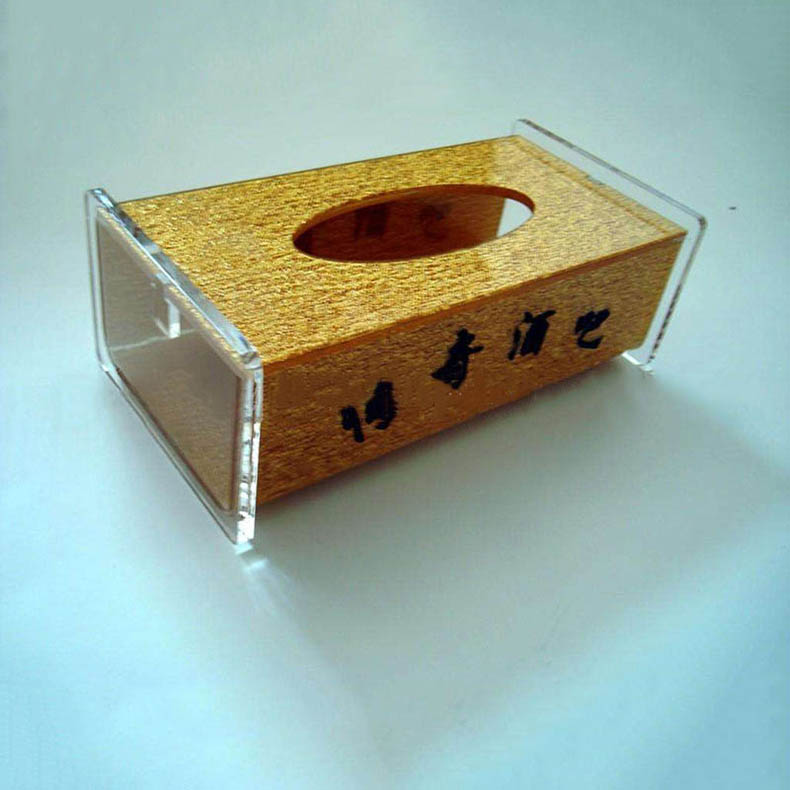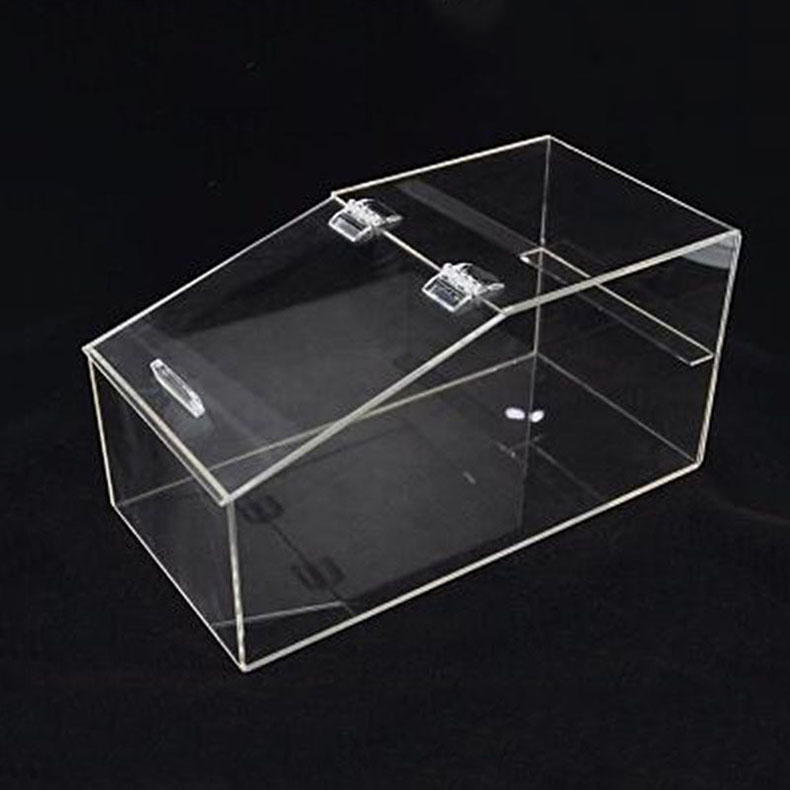Acrylic Clear Watch Box Production Process
1. Introduction
Acrylic clear watch boxes are popular for their transparency, durability, and elegant appearance. They are widely used in the watch industry to display and protect watches. The production process of these boxes involves several key steps, from material selection to the final packaging.
2. Material Selection
The first step in the production of acrylic clear watch boxes is the selection of high - quality acrylic sheets. Acrylic, also known as polymethyl methacrylate (PMMA), is chosen for its excellent optical clarity, which allows customers to clearly view the watches inside the box. The sheets should have a smooth surface and be free from scratches, bubbles, or other defects.
The thickness of the acrylic sheets depends on the size and design of the watch box. Thicker sheets are used for larger boxes or those that need to withstand more handling. Typically, sheets with a thickness ranging from 2mm to 5mm are commonly used.
3. Cutting
Once the appropriate acrylic sheets are selected, they are cut into the required shapes and sizes. This is usually done using a laser cutting machine or a CNC (Computer Numerical Control) router. Laser cutting offers high precision and can create intricate designs with smooth edges. The cutting process is guided by a digital design file, which ensures that each piece is cut accurately according to the specifications.
For example, if the watch box has a rectangular shape with rounded corners, the laser cutting machine will follow the pre - programmed path to cut out the exact shape from the acrylic sheet. After cutting, the individual pieces are carefully inspected to ensure that there are no rough edges or irregularities.
4. Bending (if applicable)
Some watch box designs may require the acrylic pieces to be bent. To achieve this, the acrylic is heated to a specific temperature using a heat gun or a bending machine. Acrylic becomes pliable when heated and can be shaped into the desired curve or angle.
The bending process needs to be carefully controlled to avoid over - heating, which can cause the acrylic to become discolored or develop bubbles. Once the acrylic reaches the right temperature, it is quickly bent into the required shape and held in place until it cools and retains its new form.
5. Assembly
The next step is the assembly of the cut and bent acrylic pieces. A special acrylic adhesive is used to join the pieces together. The adhesive forms a strong bond between the acrylic surfaces, creating a seamless and sturdy structure.
During the assembly process, it is crucial to ensure that the pieces are aligned correctly. This may involve using jigs or fixtures to hold the pieces in place while the adhesive dries. After the adhesive has fully cured, the watch box is inspected for any gaps or misalignments.
6. Polishing
To enhance the clarity and appearance of the watch box, the surfaces are polished. This can be done using a series of polishing compounds and buffing wheels. The polishing process removes any minor scratches or marks that may have occurred during the cutting, bending, or assembly steps.
The result is a smooth, shiny surface that allows for maximum visibility of the watch inside the box. The edges of the box are also polished to give them a clean and professional look.
7. Insertion of Interior Components
Many acrylic clear watch boxes come with interior components such as watch cushions, foam inserts, or velvet linings. These components are carefully inserted into the box to provide a soft and protective environment for the watch.
The watch cushions are usually made of soft materials like felt or foam and are shaped to hold the watch securely in place. The velvet linings add a touch of luxury and prevent the watch from scratching against the acrylic surfaces.
8. Quality Control
Before the watch boxes are ready for packaging, they undergo a strict quality control process. Each box is inspected for any defects, including scratches, bubbles, misalignments, or loose interior components.
The clarity of the acrylic is also checked to ensure that it meets the required standards. Any boxes that do not pass the quality control inspection are either repaired or discarded.
9. Packaging
Once the watch boxes have passed the quality control process, they are carefully packaged. The boxes are usually placed in individual plastic bags to protect them from dust and scratches during transportation.
They are then packed into larger boxes or cartons, along with any necessary documentation such as user manuals or warranty cards. The packaging is designed to be both protective and presentable, ensuring that the watch boxes reach the customers in perfect condition.
10. Conclusion
The production of acrylic clear watch boxes is a complex process that requires precision, skill, and attention to detail. From material selection to the final packaging, each step plays a crucial role in creating high - quality watch boxes that meet the needs of the watch industry. By following these steps, manufacturers can produce elegant and durable watch boxes that enhance the presentation and protection of watches.



